How accurate is The Crown? Well, it is historical fiction—and we've got some royal family fact-checking right here.
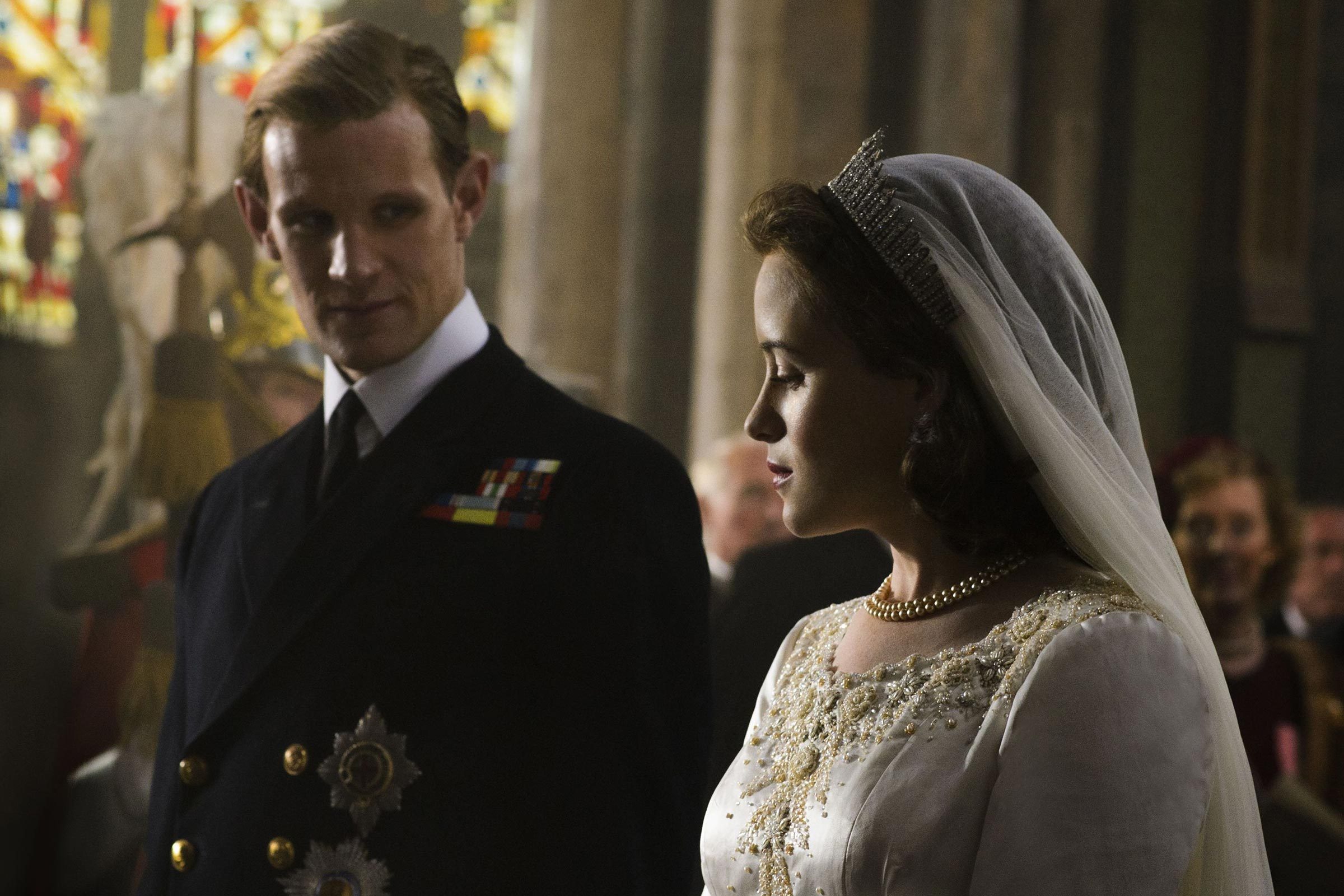
What The Crown Gets Wrong About the British Royal Family

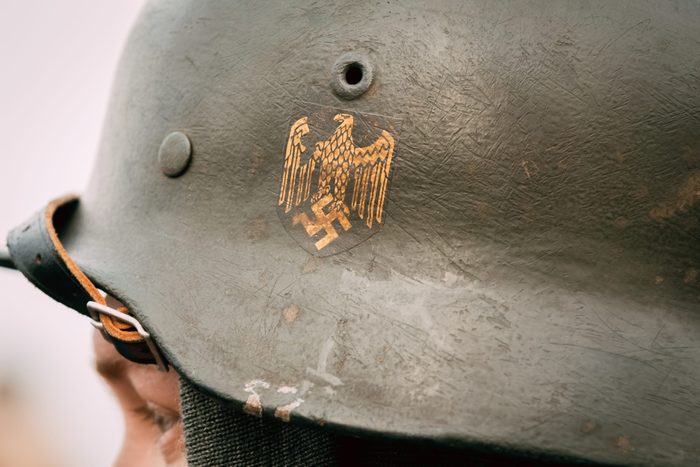
King Edward VIII was in deeper with the Nazis than the series depicted
Season 2’s sixth episode, “Vergangenheit,” spends quite a bit of time addressing that the Duke of Windsor, formerly King Edward VIII, who abdicated in 1936 after less than a year on the throne, was a Nazi sympathizer. Ultimately, the episode has the queen accusing the duke of (among other things) having entertained discussions with the Nazis regarding a deal to get the duke back on the throne with his wife, Wallis Simpson, by his side.
The Crown shows the duke attempting to minimize the connections, which he categorizes as merely diplomatic in nature. In truth, the duke’s links to the Nazi party were well established. The Duke and Duchess of Windsor appear to have been close personal friends with several Nazi officers, and A.N. Wilson, author of Hitler: A Short Biography, told the CBC that the duke wrote a personal thank-you letter to Hitler after staying at his mountain retreat.
And with Britain on the brink of war in 1939, the duke gave a speech from France that the BBC refused to air. As reported by the CBC, Wilson says of the duke’s address: “He said Britain should be doing all in its power to come to terms with Nazi Germany.” The duke was observed giving the full Nazi salute to various party members during a 1937 trip to Germany, and according to Biography.com, the duke reportedly said that Hitler was “not such a bad chap” and blamed Jews for causing World War II.
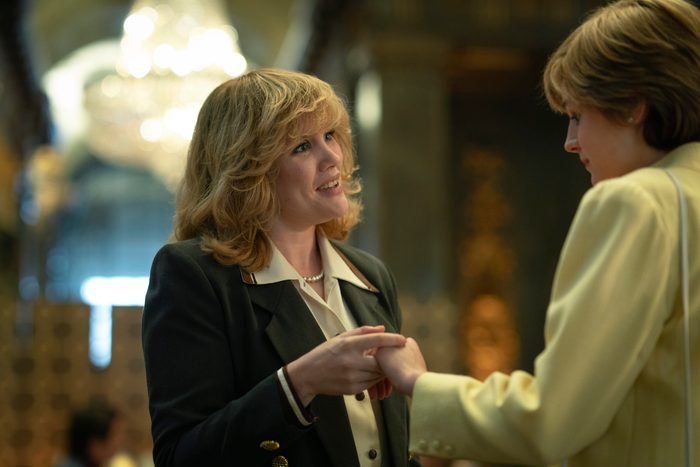
There might not have been a royal plot to break up Charles and Camilla
There is significant disagreement among historians on the topic of why Charles didn’t marry Camilla in the first place. Bedell Smith theorizes that the royal family hatched a full-on scheme to get Camilla Shand to marry Andrew Parker-Bowles while Prince Charles was on an extended military assignment outside the country. But Vickers maintains that no such scheme happened, or would have even been necessary, since Camilla was at the time more smitten with Andrew than Charles.
The Crown takes Bedell Smith’s theory and runs with it, depicting the queen mother and Lord Mountbatten (a great uncle of Prince Charles) sending Charles overseas and manipulating the Shand and Parker-Bowles families into fast-tracking the 1973 wedding of Camilla and Andrew. But The Crown does not push the unconfirmed rumor that Camilla’s father planted a fake Camilla-Andrew engagement notice in the Times, to force Andrew’s hand.
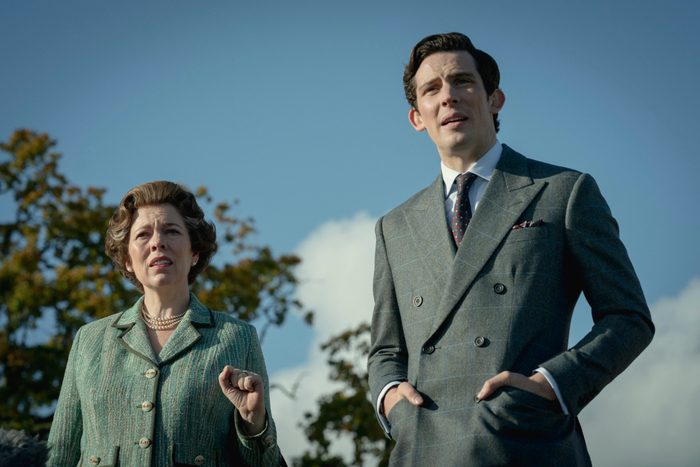
The Crown exaggerated the timeline of Charles and Camilla’s affair
Season 4 of The Crown makes it seem like Charles was cavorting with Camilla for the entirety of his marriage to Diana, which began with a fairy-tale wedding in 1981. Although Camilla married Andrew Parker-Bowles in 1973, Charles and Camilla remained friends. According to Bedell Smith’s biography of Prince Charles, they resumed their romantic relationship in 1979, but then ceased the affair when Charles married Diana.
According to Bedell Smith, Charles and Camilla did not pick up again until 1986. Of course, that doesn’t mean that Camilla and Charles did not remain in touch or that Camilla’s relationship with the prince was not intrusive enough to be perceived as a threat by Diana. In fact, both are true, according to Princess Diana’s own words in her bombshell BBC interview with Martin Bashir in 1995.
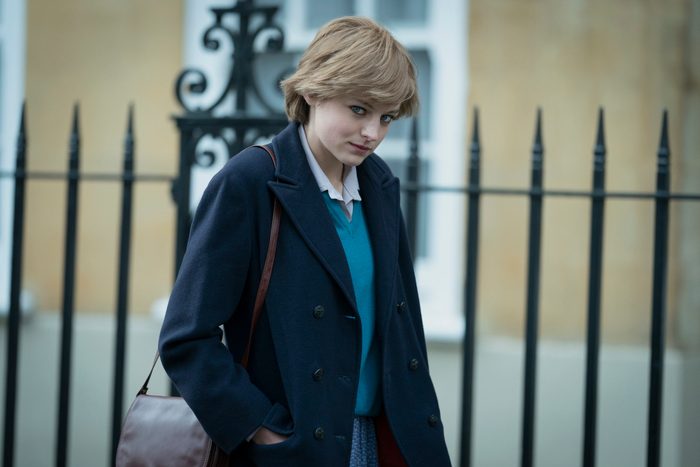
The “Balmoral Test” was an exaggeration
Does the royal family actually enjoy subjecting nonroyals to the “Balmoral Test”? In this alleged event, the royal family invites an unwitting nonroyal to the rustic Scottish castle and estate, Balmoral, with the intention of judging them on their ability to fit in and observe rules of etiquette that they were unlikely to have ever encountered before. That is what The Crown suggests in a Season 4 episode of the same name. (The unwitting nonroyal in this case was newly elected prime minister Margaret Thatcher.)
The Telegraph reports that the only people who would call it the Balmoral Test are those outside the royal family, and Vickers claims that there is no such thing—period. Still, the fact remains that there is “an unspoken code of conduct” that the royal family expects their guests to follow. That being said, Vickers is adamant that the royal family would never treat anyone as rudely as they were depicted treating the prime minister. Thatcher didn’t write about the Balmoral Test in her memoirs, so there’s no way to know how she was treated, but she did visit the royal family on numerous occasions during the time she held office.
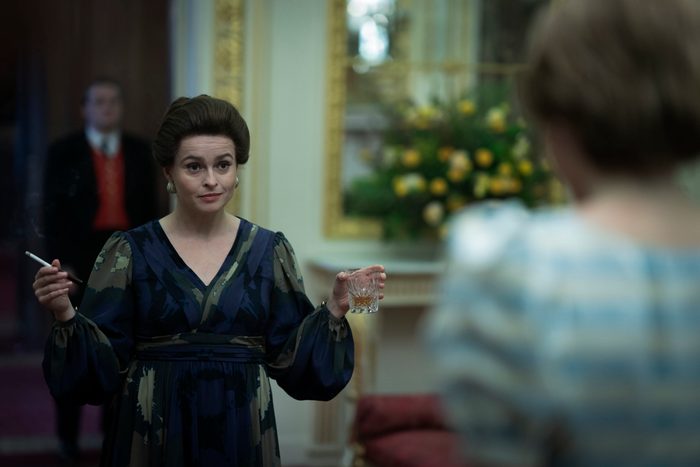
Princess Margaret’s interest in her institutionalized cousins was a plot device
The seventh episode of Season 4, called “The Hereditary Principle,” was meant to bring to light a little-talked-about shadow on the royal family—the existence of developmentally disabled cousins who were hidden away in an institution. Vickers roundly disputes that the events as depicted in the scripted drama had any basis in reality, although it is a fact that two cousins of Elizabeth, Nerissa and Katherine Bowes-Lyon, were born with developmental disorders and cared for in an institution.
While The Crown depicted Princess Margaret visiting the cousins, there is no evidence of this. Nerissa died in 1986, and the existence of the cousins received new scrutiny due to the fact that she was buried in a pauper’s grave with no one from the royal family attending. As far as royal scandals go, this was a big one, but The Crown took some liberties with the details.
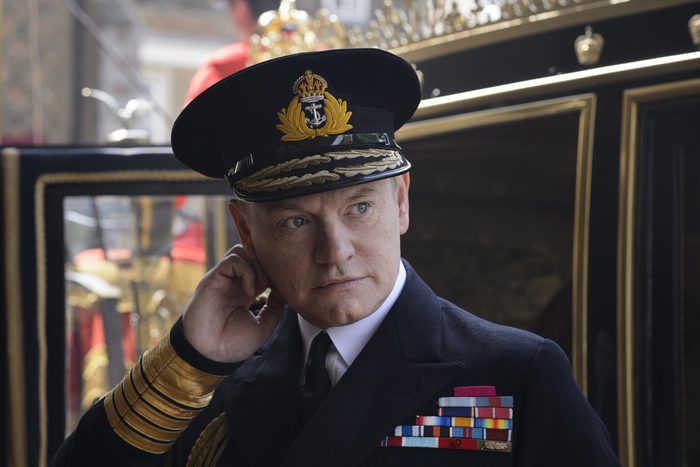
King George VI wasn’t sick yet in 1947
The Crown opens in 1947 with King George VI (Elizabeth’s father) coughing up blood. However, in real life, George, who died of lung cancer in 1952, was not yet ill in 1947. It wasn’t until a year later that the king began to suffer from leg pain. Doctors diagnosed a circulatory blockage and performed surgery for that, and his lung cancer wasn’t diagnosed until 1951.

The wedding didn’t go nearly as smoothly as depicted
In the show, the wedding of Elizabeth and Philip is treated as a fairy-tale-like affair. But how accurate is The Crown when it comes to the actual event? In real life, it was a comedy of errors:
- The diamond tiara Elizabeth wore—her “something borrowed”—snapped in half on the way to the wedding. It was quickly fixed by an on-call court jeweler, but not to perfection. In the real-life wedding photos, a gap in the tiara is clearly visible.
- Elizabeth’s bridal bouquet went missing, but it was eventually discovered in a cooler.
- Elizabeth forgot her pearl necklace and sent her secretary to retrieve it, but the traffic was so bad, the secretary had to make most of the journey on foot.
These problems likely caused Elizabeth and Philip plenty of stress on their big day, but as far as the historical accuracy of The Crown goes, this little bit of artistic license can probably be forgiven.
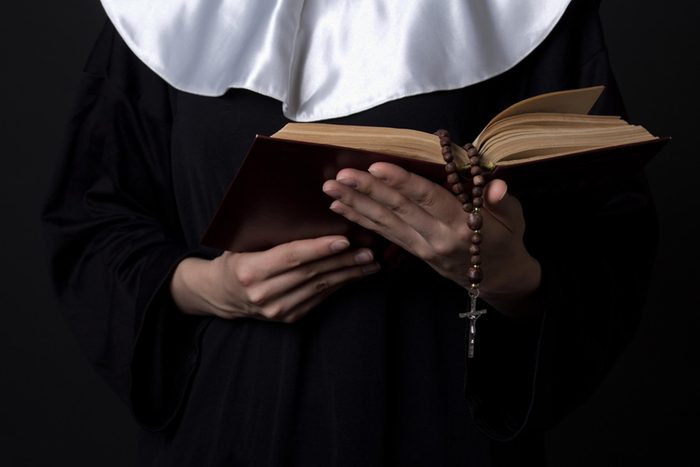
The queen’s mother-in-law didn’t show up to the wedding dressed as a nun
The first time we see Philip’s mother, Princess Alice, in The Crown, she’s dressed as a nun, as if to illustrate her well-documented eccentricities. Eccentric as she was, however, in real life she wore a simple silk dress to her son’s wedding. That’s not to say she didn’t wear a habit to Elizabeth’s coronation several years later—in fact, she did. By then, she had actually become a nun. So you can probably mark this portrayal down as a minor one in the list of royal family Netflix errors.
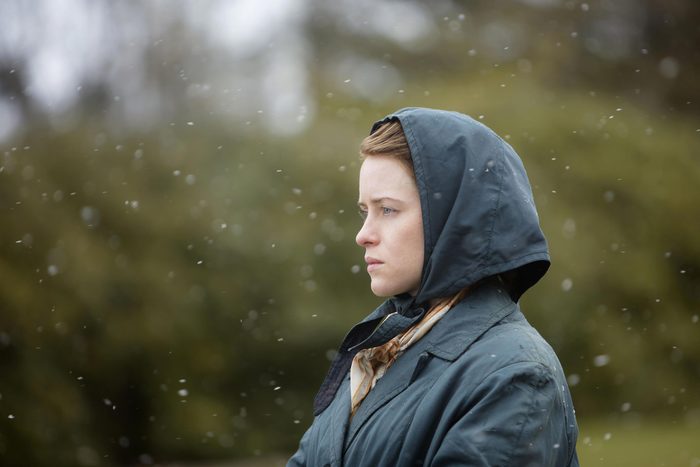
The queen never had a crush on Porchie
Toward the end of Season 1, when Elizabeth and Philip’s marriage is under intense strain, The Crown depicts the relationship between Elizabeth and her childhood friend, Lord “Porchie” Porchester, as being rife with sexual tension, while Philip grows increasingly jealous. In real life, however, this never happened, and Porchie was never a real threat.
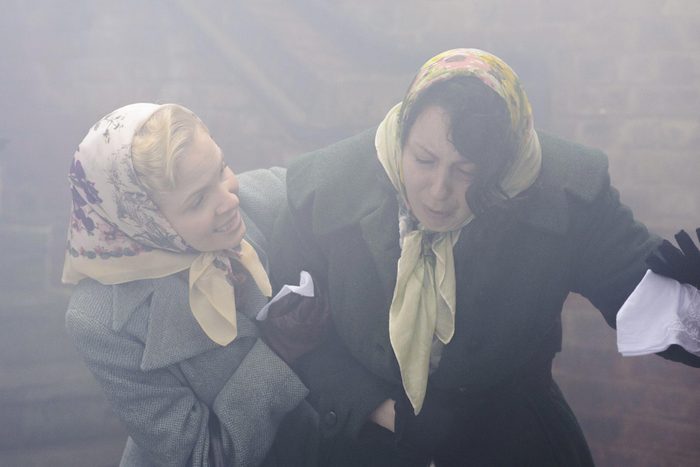
Venetia Scott didn’t really exist
In the show, Winston Churchill’s starstruck secretary Venetia Scott is mowed down by a bus as she hurries through thick smog to Downing Street with an urgent message. Her death spurs the prime minister to put the eventual passage of the 1956 Clean Air Act in motion. But did Venetia Scott actually exist? Well, no. The earnest secretary who memorizes Churchill’s autobiography—and struggles through the smog—is actually one of The Crown‘s few invented characters, so her life and death are both fictional. The Great Smog itself was certainly a real event, though. London was enveloped in a blanket of thick, poisonous smog for several days, leading to thousands of deaths and overburdened hospitals.

As tragic as it was, the fog wasn’t a political crisis
Yes, the “pea-souper” was less of a political crisis than The Crown makes out, so a dose of Venetia Scott adds tragedy to what was a devastating but undramatic event. This much is true: In 1952, a perfect storm of circumstances came together that caused London to be covered in a thick blanket of poisonous smog, and around 4,000 people died as a result. So when The Crown depicted the horrors of the fog, it wasn’t taking liberties.
Liberties were taken, however, in the show’s depiction of the resulting political upheaval, including the queen’s displeasure with Winston Churchill’s handling of it (to the point where Elizabeth was considering asking for Churchill’s resignation). In fact, there was no such upheaval, so it’s clear that comparing The Crown to real British history can be a tricky proposition.
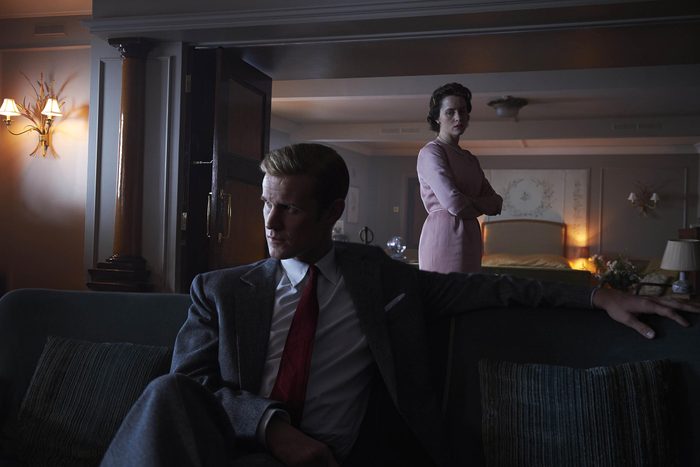
Philip’s “affair” with the ballet dancer was speculation
Netflix’s dramatization of the monarchy depicts Philip as a bit of cad, to say the least. But while it’s true that the real Prince Philip was known for putting his foot in his mouth on many occasions, there’s no evidence he had an affair with a Russian ballet dancer, as The Crown suggests. The dancer in question, real-life ballerina Galina Ulanova, was private about her romantic life, but in her obituary, the Independent described her as having a female companion at the time of her death. So it’s likely Philip is in the clear, at least regarding this Netflix discrepancy.
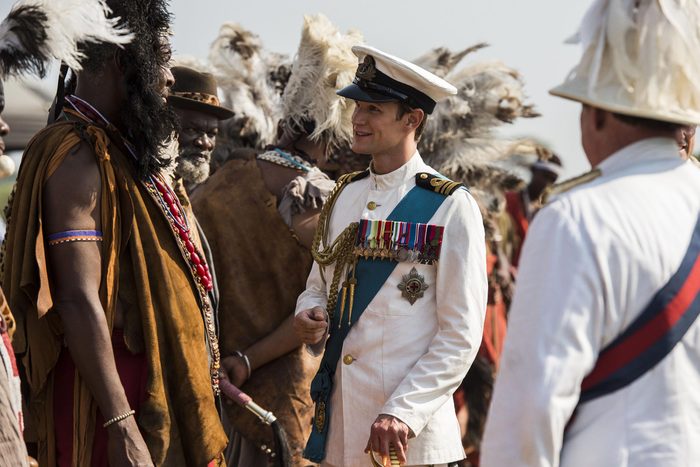
Prince Philip didn’t stare down a raging elephant
In the second episode of The Crown, just before Elizabeth learns that her father has died and she’s now queen, she and Philip have a terrifying encounter with a raging elephant on an African safari. The incident ends with Philip staring down the elephant and muttering something to the effect of: “Don’t mess with me–I’m going to be king.” However, family friend Lady Pamela Hicks told People in 2020 that the dramatic stare-down didn’t happen in real life.
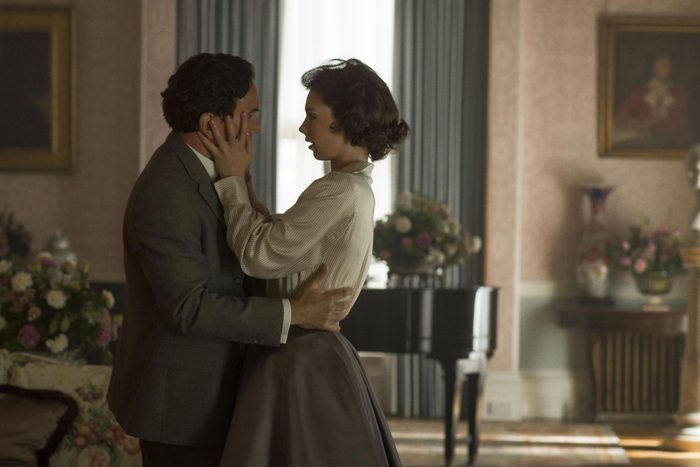
Queen Elizabeth did not refuse her sister’s request to marry
Much is made in The Crown of Elizabeth’s refusal to allow her sister, Margaret, to marry Royal Air Force officer Peter Townsend. In the show, the queen warns Margaret that the marriage would result in Margaret being shunned from the family. In real life, Elizabeth had been so keen on making her sister happy that she drew up papers to permit Margaret to retain her royal title upon her marriage to Townsend, according to the BBC. So why didn’t the marriage happen? Apparently, the relationship had simply run its course.
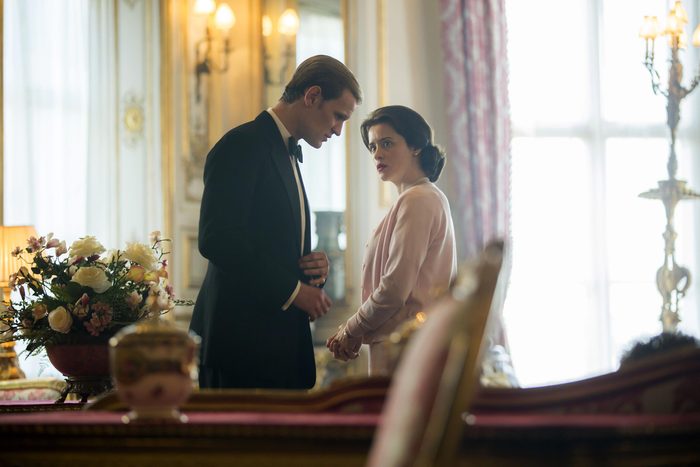
Prince Philip wasn’t blamed for the death of his sister, Cecilie
The Crown implies that Philip’s misbehavior at boarding school led his sister, Cecilie, to get on the plane that killed her and her entire family in 1937. That’s not really what happened, according to Vickers. First, the supposed bad behavior (a fist fight) never happened, and more important, Cecilie had planned to get on that plane regardless of anything that was going on with her brother.

The Crown leaves out the fact that Philip had a Jewish mentor
It’s unclear why this detail was left out of The Crown, especially since there’s some suggestion in the series that Philip’s family had ties to the Nazi party. But the truth is that Philip’s mentor, Kurt Hahn, the man who founded Gordonstoun, the Scottish boarding school that Philip attended, was a German-born Jew who opposed and fled the Nazis. Also left out of The Crown is the tremendous influence Hahn had over education in general. He inspired the creation of many schools around the world and also co-founded Outward Bound.
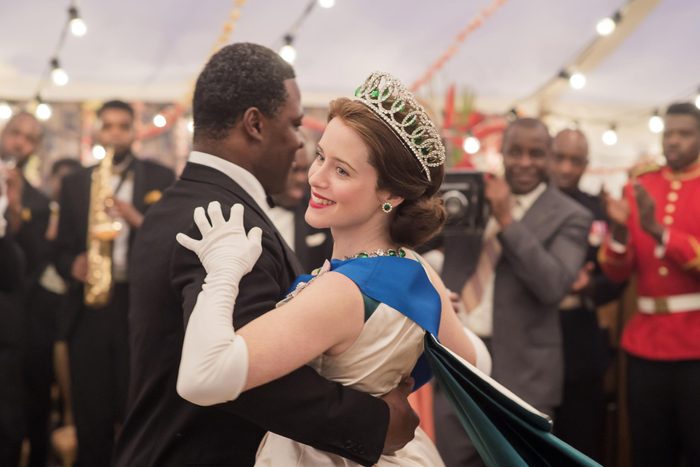
Elizabeth’s visit to Ghana wasn’t nearly as pivotal as depicted
In the early 1960s, real-life Elizabeth paid a visit to Ghana, which was newly independent and being courted by the Soviet Union. In The Crown, the queen shares a charming ballroom dance with Ghana’s president, Kwame Nkrumah—so charming, in fact, that Nkrumah decides to rebuff Soviet overtures and remain within the orbit of the British Commonwealth. But that’s not all to know about this episode of “Queen Elizabeth on The Crown vs. reality.” Other factors may have influenced Ghana’s decision to remain in the Commonwealth, including the subsequent overthrow of Nkrumah’s government.

There’s no evidence Philip was part of the Profumo scandal
The Crown insinuates Philip was involved in a 1963 sex scandal involving Minister of War John Profumo and a man named Stephan Ward, who arranged for high-profile men to meet women for sexual or other dalliances. The Crown correctly points out a link between Ward and Philip, but Buckingham Palace has always denied Philip’s involvement in the scandal, and no evidence exists to tie him to it.
Why trust us
Reader’s Digest has published hundreds of stories on the British royal family, providing a behind-the-scenes look at the fascinating facets of the monarchy. We regularly cover topics including the latest royal news, the history and meaning behind time-honored traditions, and the everyday quirks of everyone’s favorite family members, from Queen Elizabeth’s daily snack to Prince William’s confessions about his home life. We’re committed to producing high-quality content by writers with expertise and experience in their field in consultation with relevant, qualified experts. We rely on reputable primary sources, including government and professional organizations and academic institutions as well as our writers’ personal experiences where appropriate. For this piece on how accurate The Crown is, Lauren Cahn tapped her experience as a longtime journalist who often covers knowledge, history and the British royal family for Reader’s Digest. We’ve gone the extra step and had Christine Coppa, a fact-checker with 20-plus years of experience, including serving as a staff research editor at Philadelphia magazine and Essence, verify that all quotes are attributed correctly and have credible sourcing. Read more about our team, our contributors and our editorial policies.
Sources:
- BBC: “Did the Queen stop Princess Margaret marrying Peter Townsend?”
- Biography.com: “Were Edward VIII and Wallis Simpson Nazi Sympathizers?”
- Daily Express: “The Crown: Who Was Venetia Scott? Did She Really Die in the Great Smog?”
- The Crown Dissected by Hugo Vickers
- New York Times: “Royal Watchers Wonder: Do the Royals Watch ‘The Crown’?”
- NPR: “‘The Crown’ Says One Dance Changed History. The Truth Isn’t So Simple”
- People: “What Really Happened the Moment Elizabeth Discovered She Was Queen”
- Prince Charles: The Passions and Paradoxes of an Improbable Life by Sally Bedell Smith
- Telegraph: “From Lady Diana to The Blairs and Meghan Markle: Who passed the Balmoral Test, and who flunked it?”
- Vanity Fair: “The Most Surprisingly Relatable Mishaps of Queen Elizabeth’s Wedding Morning”




















